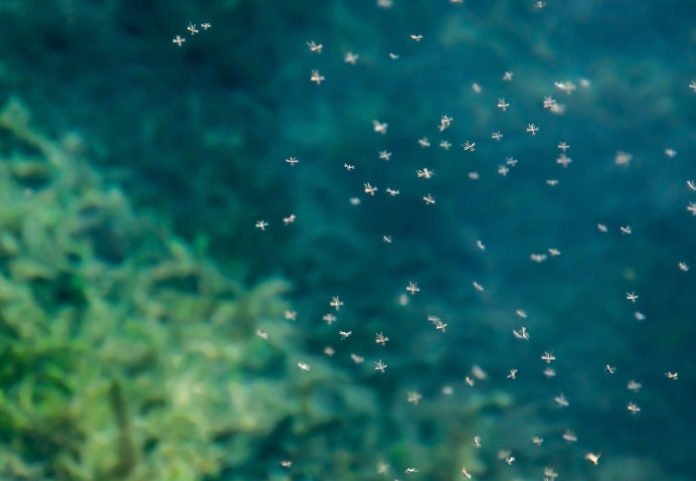An estimated, 216 million malaria patients were diagnosed and almost 445,000 deaths occurred in 2016 due to malaria. Although there are many treatments available to diagnose malaria and still are consistently working to find advancement to it. One of the technique involves using genetically modified mosquitoes to suppress local populations of mosquitoes.
A new study by the Imperial scientists suggests that locally eliminating this one species of mosquito could drastically cut cases of malaria. Although the more research is needed in the field to test that the ecosystem is not significantly perturbed.
Scientists particularly target the species Anopheles gambiae, for possible suppression in the future using genetic engineering. They studied previous studies into this species of mosquito to see how it fits into the ecosystem.
They discovered that some animals do eat An. gambiae, but those that do also eat other species of mosquito and other insects, meaning they do not need A. gambiae to survive.
Lead author Dr Tilly Collins, from the Centre for Environmental Policy at Imperial, said: “As adults, An. gambiae mosquitoes are small, hard to catch, most mobile at night and not very juicy, so they are not a rewarding prey for both insect and vertebrate predators. Many do eat them — sometimes accidentally — but there is no evidence that they are a big or vital part of the diet of any other animal.”
“There is one curious jumping spider known as ‘the vampire spider’ that lives in homes around the shores of Lake Victoria and does have a fondness for female blood-fed mosquitoes. Resting blood-fed females are easy and more nutritious prey as they digest their blood meal, but this spider will readily eat other available mosquito species as an opportunity arises.”
Scientists additionally observed mosquito larval habitats. Female mosquitos lay their eggs usually in small and temporary ponds. At the point, when laid in large lakes, any predators that feed on them additionally eat numerous different things especially.
And in addition to what eats An. gambiae, the group likewise checked on what contends with them. In the event that a species is expelled from an environment, it can imply that a contender competitor species – one that uses a comparative food resource, for instance – develops substantially bigger in numbers to fill the space.
This can turn into an issue if the contender species conveys its own particular risks, for example, in the event that it conveys an alternate human infection like yellow fever.
The team found that other species of mosquito are most likely to compensate for fewer An. gambiae, although lab studies and field studies, as well as evidence from past eliminations of mosquitoes for example by insecticide spraying, do not always agree.
Scientists have published report published today in Medical and Veterinary Entomology.
